Leaf Credo 50 user review
One of the things I absolutely love to do is testing new gear, especially when it gives the photographer totally new options which were not possible before.
As you probably know I’m shooting different systems.
I always tell people that I will use DSLRs for when I don’t really can control the lighting, or if I need higher ISOs and Medium Format when I can use strobes or if there is more then enough ambient light. The simple reason for this is that Medium Format (although a superior format) is not really usable above ISO400 (some even ISO200). But this has now all changed.
Sony makes some amazing sensors and since a while they also have a 50MP semi Medium Format sensor, I say semi Medium Format because in reality it’s a crop sensor for Medium Format, now is this a bad thing? no not really but personally I love to use a full frame sensor, that being said….. man does this sensor rock.
When Leaf asked me to test this back the idea was that I could use it for a few days during a session and had to send it back, however I got so attached to the back that I kept sending them images and they let me keep the back for a much longer time, actually ALL the images you saw appearing online from our trip through Denmark were all shot with this back and that’s something that I would not be able to do with my Credo60 for the simple reason that I would also need a DSLR for the higher ISO material and traveling with 2 cameras is… well just a bit awkward sometimes so I often opt for the DSLR, however seeing that I can now easily shoot up to ISO3200 and even ISO6400 makes a HUGE difference.
Now there will be many reviews about the technical stuff and the specs so I thought “let’s make a much simpler user based review”, I will do this from both the viewpoint of a DSLR user and a MF user.
Dynamic range
The thing I really like about Sony is their dynamic range. This was one of the main reasons why I changed from Canon to Sony… and if I ever do a system switch again I would without a doubt go for a system with this kind of dynamic range. The fun thing is that if you never experienced it you think “is it really that important” well…. trust me when you start working with a sensor with this kind of dynamic range you will find new things that normally wouldn’t be possible and when you start doing that it’s very very hard to go back.
A few years ago MF cameras were the cameras with the large dynamic range, and I have to be honest it was one of the many reasons why I started working with MF. However with MF the thing is that you have to light properly to get the maximum quality, as soon as you start pulling up shadows you’re in trouble, highlights are no real problem but shadows can become nasty pretty fast, but that’s all solved now. With the Credo 50 you can push the shadows A LOT, and I really mean A LOT. But even if you don’t you can already see the difference in dynamic range in the normal shots (without any adjustments). With normal use in the studio this is not an apparent advantage but as soon as you start shooting on location and you want to pull out detail in the backgrounds or clothing you will very quickly see the advantage of this kind of sensor.
Higher ISO
I always tell my students that any light source can be a good light source, and this is true when using a DSLR, with a modern DSLR you can easily shoot up to ISO3200 without any real problems for publication (especially with RAW developers like DxO and Capture One), but with a MF camera… well for me it always stopped at ISO200 and for emergency ISO400 (the Credo 60 shoots up to ISO800) I don’t say that ISO800 is totally unusable but for me it just doesn’t give the quality that I like to see, so in most cases when you don’t really know how the situation will be, or when you know that it will be dark I would opt for the DSLR instead of my MF camera.
With the Credo 50 this problem is now solved, the back delivers ISO3200 files that are very clean, and even ISO6400 is more than usable.
The following shot was taken with tungsten lightbulbs only, something that before I would only do with a DSLR. Do realize that if you zoom in 1:1 you will see noise of course but this is actually a wrong representation of the facts, if you zoom in on a 50MP file and looking at it 100% you’re in fact looking at a billboard from up close and that’s not how we view it in real life. I challenge you to print an A2 print with 50MP on ISO6400 and I think you will be blown away by the noise levels, you can see it but it’s very nice. (1:1 it will look ok). This goes for all cameras by the way, a lot of people don’t realize how good the cameras now a days are with noise.
Speed
I love when shooting a series to shoot continues, meaning I will tell my model that she will get a shot every second or so and she can freely move/pose. This is one of the reasons I don’t use the Credo 80 that much, it’s a bit slower than my own Credo 60 which has a very nice and steady flow of images, the Credo 50 is on paper just a bit faster but….. it’s in real life a LOT faster than it would seem on paper, shooting with the Credo 50 during a fashion series with movement is a blast, it’s very fast and the models love it.
Camera connection
These backs are not cheap and when they fall off your camera it’s a nightmare. Now don’t get me wrong my Credo 60 or Aptus backs NEVER fell of my camera but the connection was also not 100% fool proof so I was always careful. The Credo 50 has a ROCKSOLID connection, it’s so tight and “difficult” to remove that you will need two hands for it and even then it’s not as easy as switching a lens. Over the test period I switched backs often and at a certain point you get the “hang” of it but it’s still something I needed 2 hands for. And yeah that’s a good thing because you don’t want your back to fall on the ground.
Display
As with the Credo 60 the display is awesome, it’s very very bright and it’s a very good touch display, double clicking zooms in to 100% and you can easily and freely move around the image. Also in the bright sun the display shows you the images clearly and sharp, in the past I’ve used the Aptus backs and to be honest… the only thing you could use the display for was to see if the strobes went off, but with the Credos this has changed a lot and it’s even better than most DSLRs 😀
Live view
Of course there is also live view on the Credo 50.
It’s not something I use a lot but if you need it, it’s good to know that the live view on the Credo 50 is very good.
Capture One
We all know that shooting RAW means you need a RAW developer and although Lightroom does a pretty nice job, it’s not the best RAW converter. For my DSLRs I often use DxO via the Lightroom plugin (since version 9.5) but for MF you will have to use Capture One, and trust me that’s not a punishment, Capture One has a LOAD of extras for tethering that you can’t find anywhere else PLUS it’s a topnotch RAW convertor, in fact even with the Sony’s I think on the lower ISOs Capture One does a better job than DxO with natural light, on high ISO DxO wins hands down thanks to their noise control, but this means that Capture One is an amazing RAW convertor.
Shooting tethered with Capture One will change your life, and I really mean this.
Capture One is without a doubt build for tethered shooting, it’s not only incredibly fast and stable but it has a load of extra features like “focus overlay” to see what is in focus in the shot, “overlay” to shoot straight into an image that is overlaid on the image coming in (great for shooting covers and seeing directly what’s going on composition wise). But the one thing I really love about Capture One is the Capture Pilot option where you can use iPhones, iPads and even computers to see which images are coming in, you can browse, mark and select images straight from the mobile device and it’s fast.
The Credo 50 is 100% compatible with Capture One.
Some small things
You can connect the Credo 50 with both USB3 (2) and Firewire.
With Firewire you can use long cables and the back will be charged from the PC/Mac you’re using, with USB3 everything stops at app 3 mtr which in my case is not enough, a workaround that works very well is to use the Tethertools USB2 extension cables somewhere in the chain, actually I have 2 USB3 extension cables connected to one USB2 extension cable and this works flawless, the back doesn’t charge (so it runs from the internal battery) but at least I can now walk around the studio without dragging my computer with me (I’m now using app 12 mtrs of cable length)
Booting a MF camera is a lot slower than a DLSR, this is something that especially at first will take some getting used to, but as soon as you know it…..
I would however love to see some improvement in this department.
The only thing that will prevent me from buying the Credo 50 is the crop sensor. A lot of people actually use crop sensors in their MF cameras but I’ve always shot Full Frame MF backs and also use the back on the Mamiya RZ67ProII, now if I would have not used it on the RZ I would have probably traded my Credo 60 for the Credo 50 because in all honestly I can live with the crop on the 645, especially because there is a very nice crop mask for the camera and the differences in usability with the Credo 60 is very nice.
Conclusion
If you mainly shoot in the studio with strobes and you know what you’re doing (which I think goes without saying when you use a MF camera) I would personally opt for the Credo 60 because of the Full Frame sensor, BUT…. if you want to use the camera outside for some high res landscapes, street photography, street portraits, location work etc. the Credo 50 is AMAZING, and yeah I used capitals because I’m over the moon with this back, the speed is amazing for a MF back, the image quality is stunning (also skin tones) but most of all the dynamic range and the way you can push the pixels is “sick” you can get details back from shadows without noise that I would not even think about on the Credo 60.
The Credo 50 is not a cheap back, but when you want the absolute best in image quality and use it for whatever you want to shoot, the Credo 50 is the best choice.
In fact in the past I would always tell people to NOT sell their DSLR when they switched to MF, but with the Credo 50 I see no reason for that anymore, this could be your main system, maybe add a small camera for travel but thats about it, there is nothing the Credo 50 can’t do (expect maybe sports and birds).
HIGHLY RECOMMENDED.
Some links where you can see the Credo 50 in action and as you can see I’ve used it a lot 😀
https://frankdoorhof.com/web/2014/09/the-change-that-a-strobe-can-make/
https://frankdoorhof.com/web/2014/09/ian-and-lenaa/
https://frankdoorhof.com/web/2014/09/final-denmark-images/
Abandoned amusement park in Denmark
Adding the sun
Rubjerg Knude Lighthouse in Jutland Denmark Part II
Rubjerg Knude Lighthouse in Jutland Denmark Part I
Going from ok tot WOW
Changing your angle can have a huge impact
Using backlighting and metering tip
Using reflections
Workshop Enka results
Some more Denmark Part II
Some more Denmark
Top of Denmark
Colors from Day 1 Denmark
Some BWs from Denmark
Some results from a workshop with Lenaa
Introducing Jill

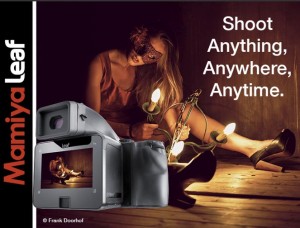
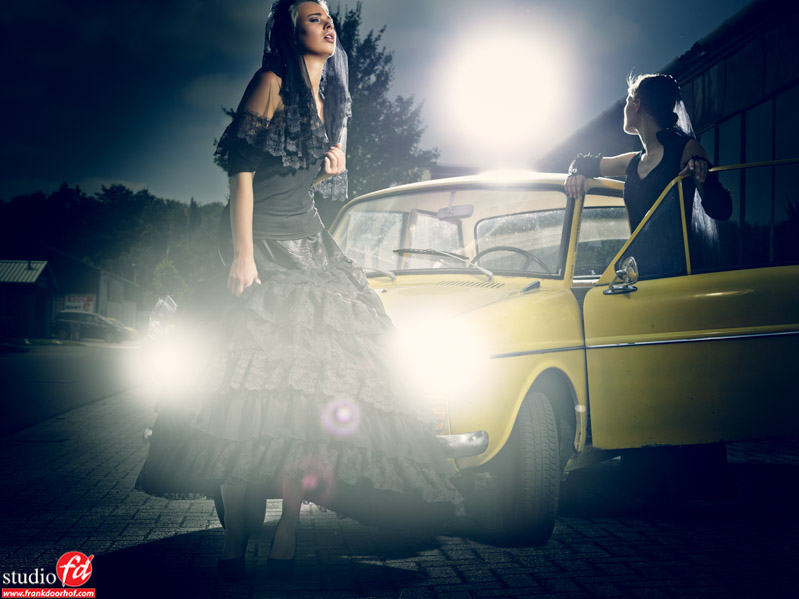
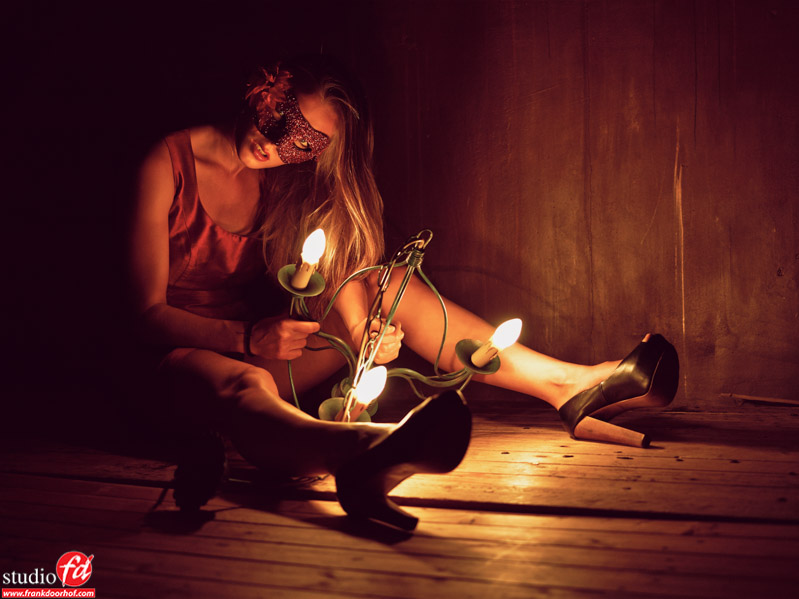
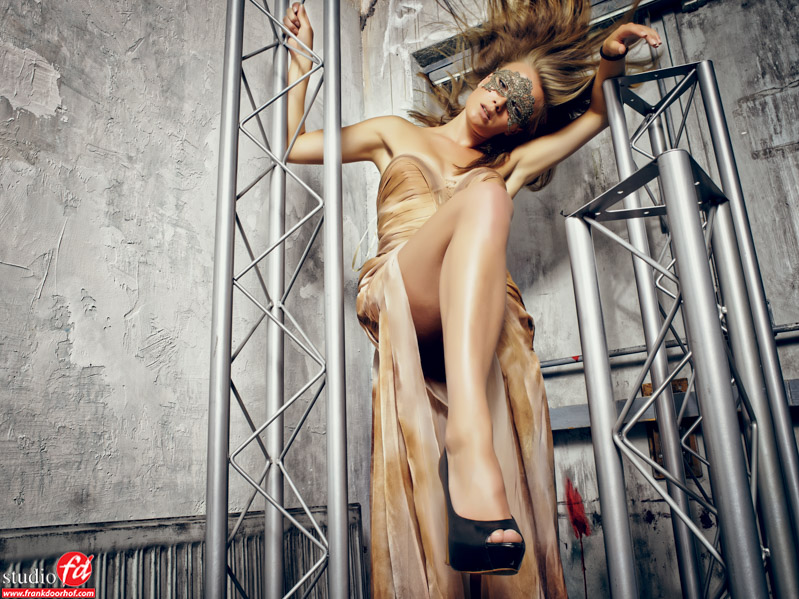
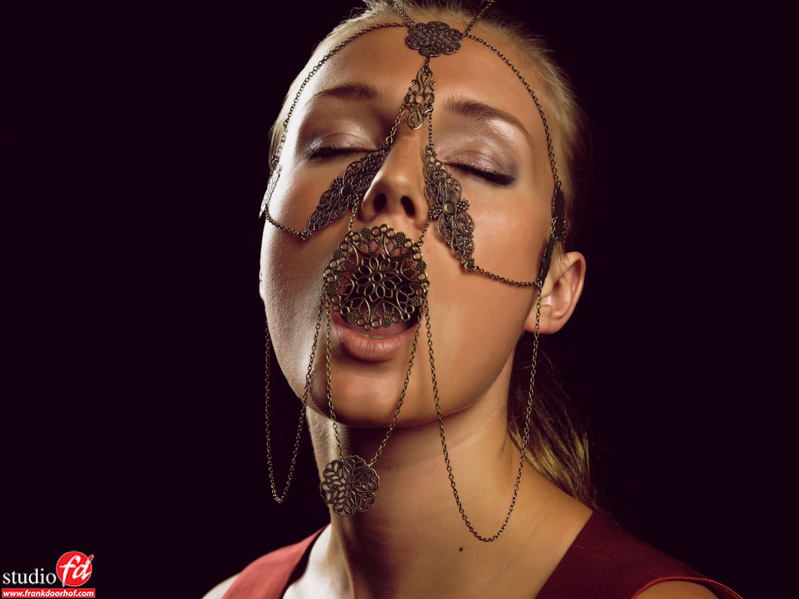
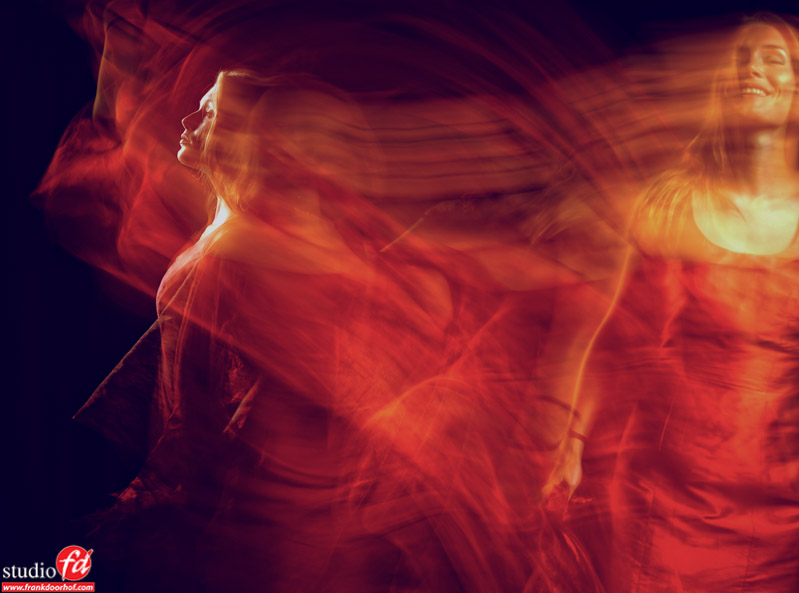
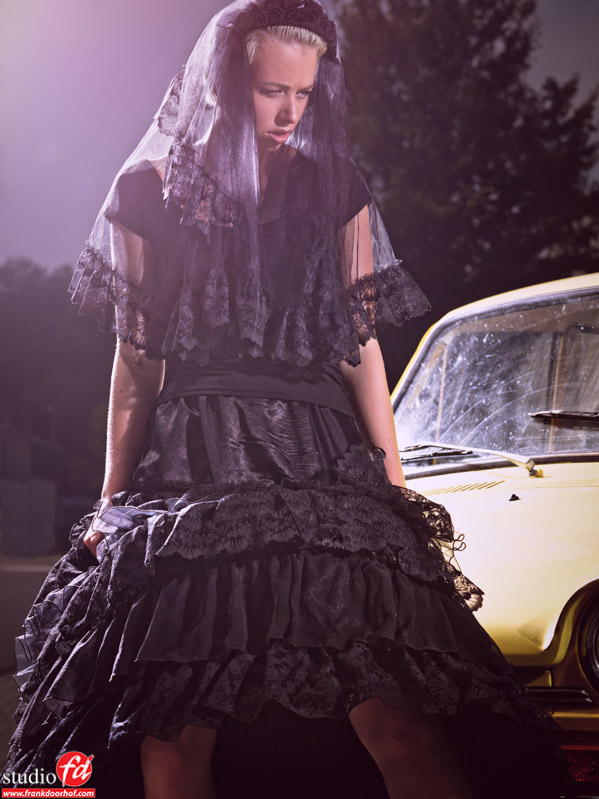
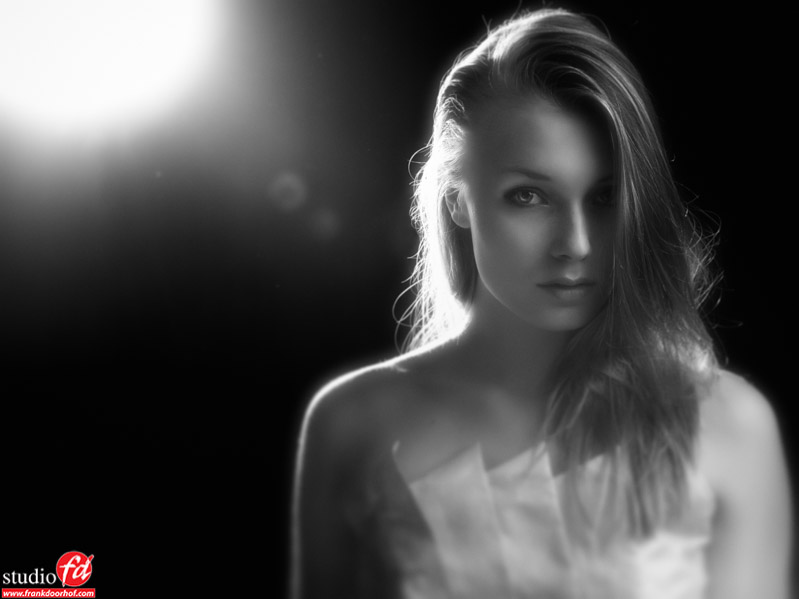
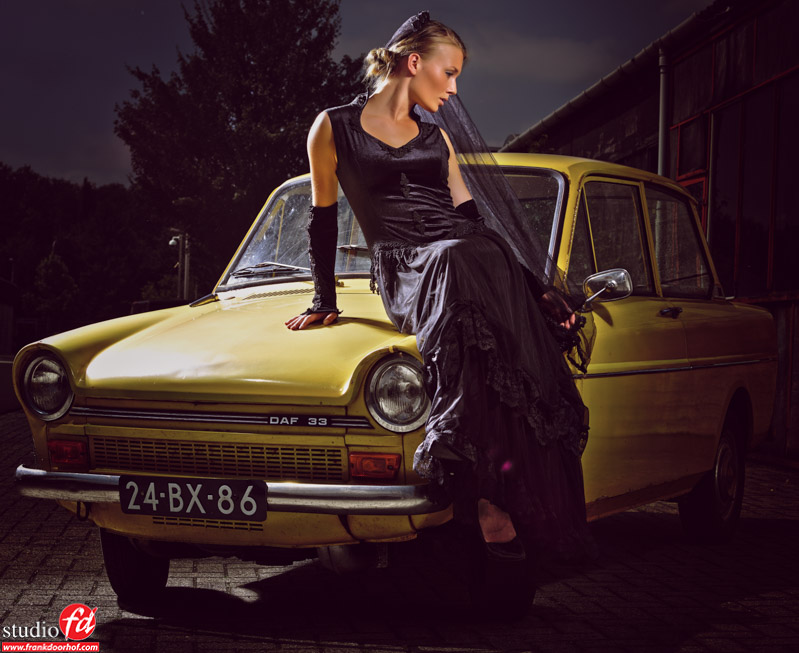
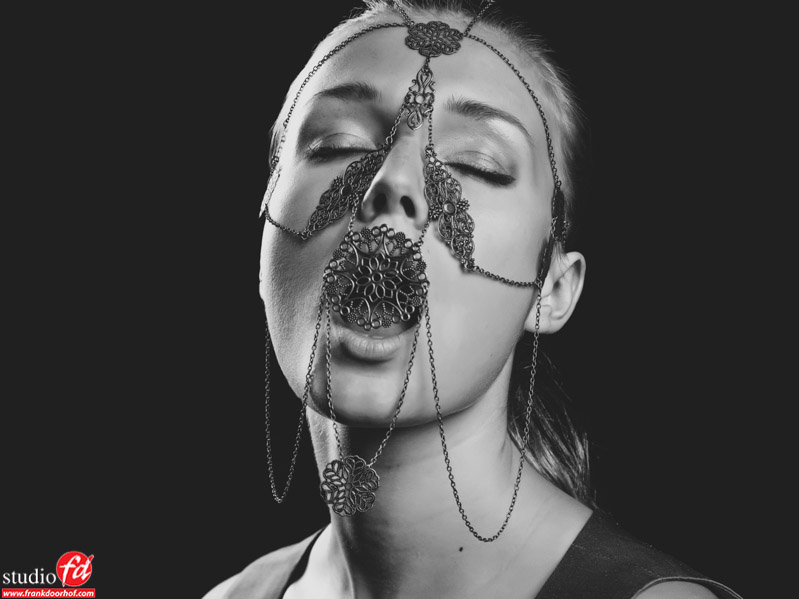
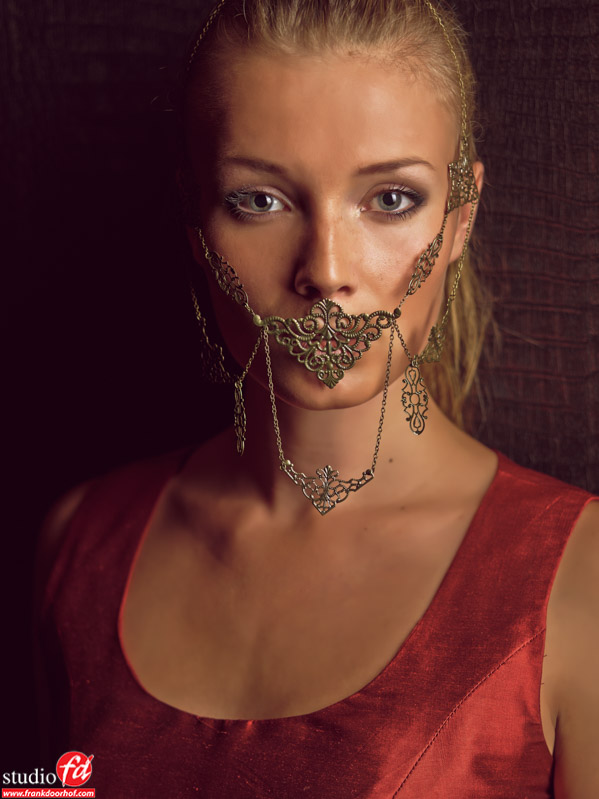

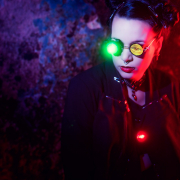
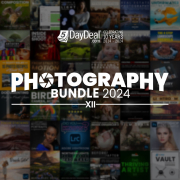
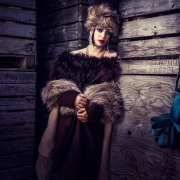
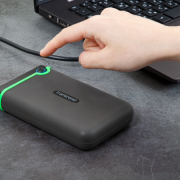
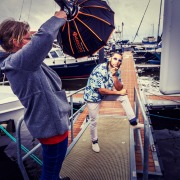

Great write up Frank. I am looking forward upgrading from the Credo 40 to the 50.
And now this back has become a Sony A7r Mk2. Love you work Frank and reviews.
I still use my credo60 😉